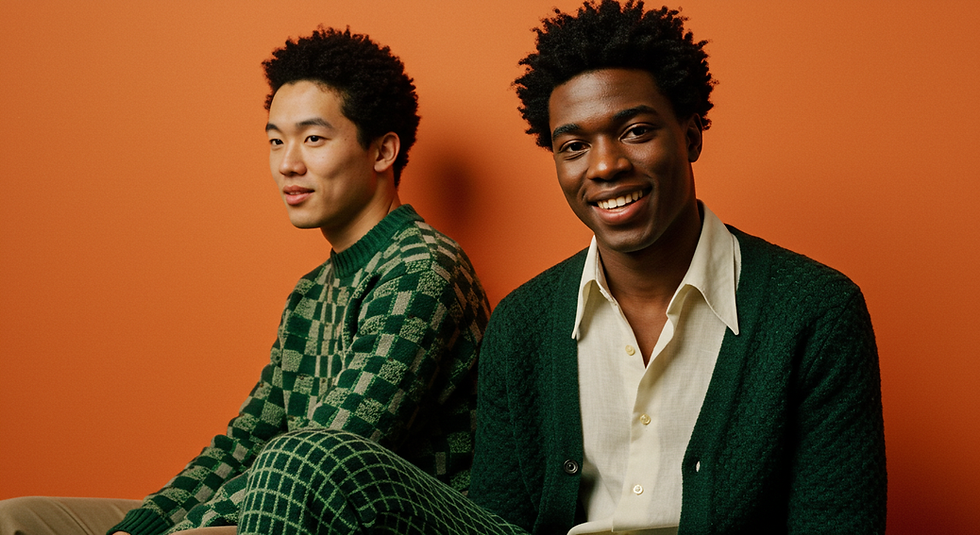.jpg)
Feed-In Cornrows: The Secret to a Natural Look
The secret to braids that look like they're growing right out of your scalp.

A guide to feed-in cornrows. Learn how this braiding technique creates a natural, knot-free start for cornrows, stitch braids, and other braided styles.
Table of Contents
What's inside this guide

Did you know?
The feed-in technique was developed by stylists to create a more realistic cornrow that wasn't bulky at the root. Before this, extensions were often "knotted" at the start, creating a visible lump and causing more tension.
KEY BENEFITS OF HAIRSTYLE
Benefits
Natural-Looking Start: No visible knot or lump at the root.
Less Tension on Edges: A gentler start protects the hairline from stress.
Flatter, Sleeker Appearance: The braids lay much flatter to the head.
Looks More Realistic: Mimics the way natural hair grows.
Versatile Foundation: The essential technique for modern cornrow styles like stitch braids and Lemonade braids.
GALLERY

How to ask your stylist for this hairstyle
Tips
You don't ask for "feed-in braids" as the final style. You ask for your desired style (e.g., "6 straight back cornrows") and specify that you want it done with the "feed-in method" for a natural look. A good braider will use this technique by default for cornrows.
People also ask
Question & Answer
Are feed-in braids the same as knotless braids?
The technique is exactly the same, but the terms are used for different styles. "Feed-in" is the term used when describing the method for cornrows. "Knotless" is the term used when describing the method for single, individual braids like box braids. Both use the same seamless feed-in technique.










